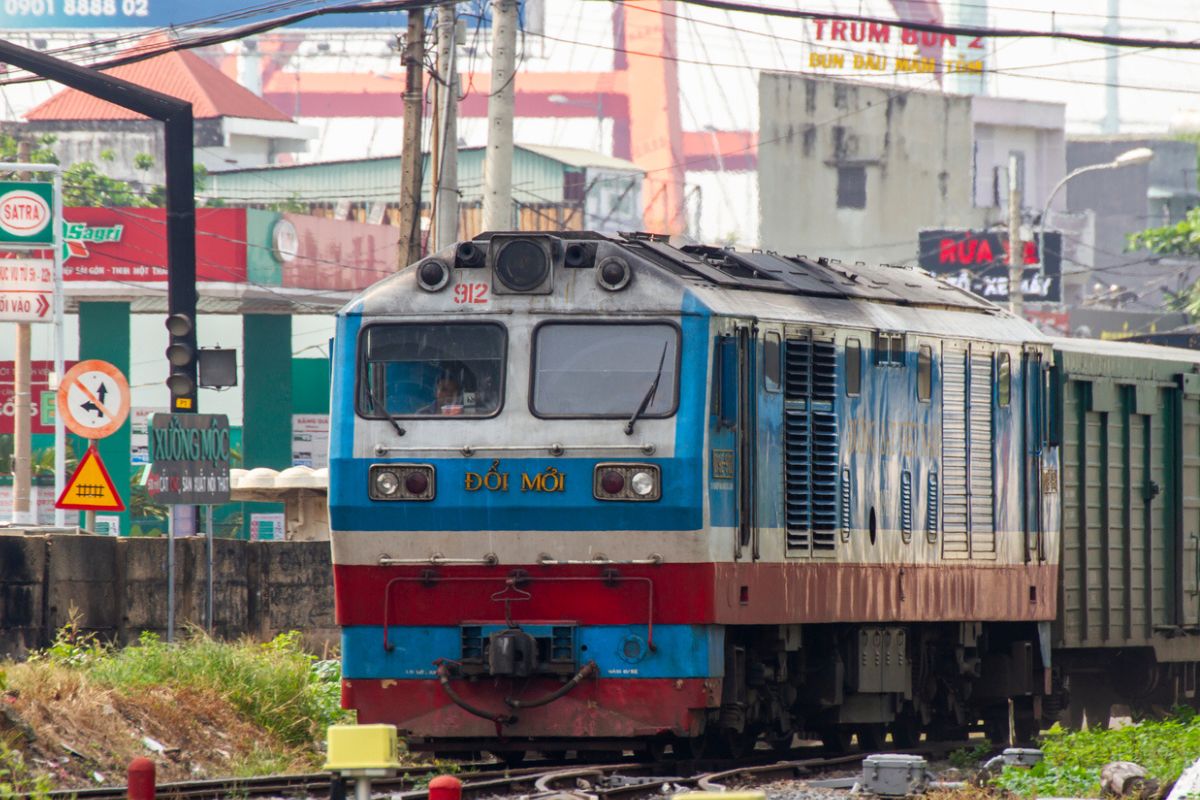People’s Republic aims to deepen ties with its southern neighbor.
Vietnam has the world’s second-largest reserves of rare earth elements (REEs) behind China, the main global producer of the critical minerals used in electric vehicles and wind turbines. Hence, countries like the United States are vying for influence in Vietnam to gain access to the country’s resources, which could be key to global diversification efforts away from China. However, the People’s Republic is also ramping up efforts; customs data reveals that investments in Vietnam from the Middle Kingdom have doubled compared to last year, with U.S. investments decreasing moderately. China’s President Xi Jinping’s first visit to Vietnam in six years, starting Tuesday, further underlines the country’s increased importance. As Reuters reports, government officials are set to agree to a railway link between the Southeastern Chinese city of Kunming and the Vietnamese port of Haiphong during the state visit, which was first announced earlier this month.
While the two countries already have multiple railway connections, they do not operate on the same track gauge, meaning the transported goods must be loaded onto other trains. The new connection will be built on a standardized track gauge, reducing travel time between the two trade hubs. Chinese state-affiliated newspaper Global Times hailed the cooperation between the People’s Republic and Vietnam and emphasized the role the railway link plays in cross-border trade.
Crossing the Rare Earth Province
The proposed rail link crosses Vietnam’s northwestern rare earth region, Lai Châu province. The region is home to the country’s largest REE mine, Dong Pao, which the government aims to reopen in 2024, following its closure due to unprofitability a decade ago. In addition to China dominating the production and processing of REEs, the People’s Republic is also the world’s largest importer of unprocessed REEs, which it refines into products such as permanent magnets. The largest source of REE imports currently comes from the U.S., followed by neighboring Myanmar, data from the Chinese customs data shows.
Vietnam’s currently untapped reserves could become an additional source of feedstock for Chinese refineries. However, the export of raw ores is largely banned under current Vietnamese laws, as the country wants to expand its refining capacities, according to Reuters. Chinese or other countries’ efforts to gain access to the critical minerals will, therefore, either push Vietnam to change its laws or invest in refining facilities as well.
Photo: iStock/HuyNguyenSG


